
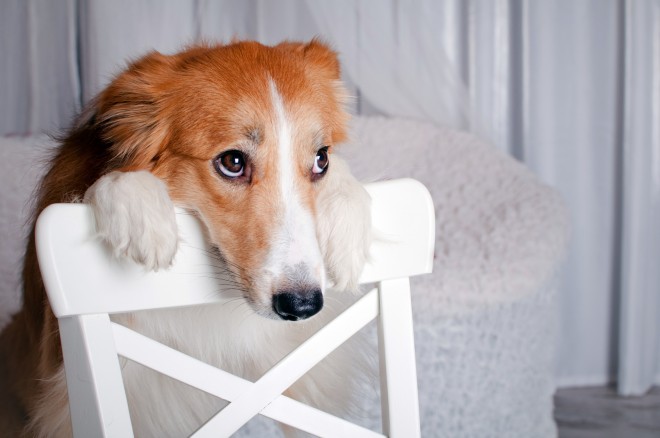
Most dogs learn from the time that they are juvenile that going to the toilet is something that is done outside, and aside from the odd slip-up when toilet training your dog, things rarely go wrong when your dog has learnt what is expected of them. However, toileting and toilet training of the dog is something that can be challenging, and many dog owners run into problems along the way or sometimes, find that their dog seems to be intent on getting things wrong!
One of the most annoying problems that can arise regarding canine toileting behaviour is when a dog is given ample opportunity to go outside to do their business, and in some cases, does just that, but then pees shortly after coming back into the house. Knowing how to tackle such a problem can be a challenge, as this behaviour makes no sense from a human perspective!
In this article, we will look at how to tackle the problem of a dog that urinates in the house after being outside, and why this might happen. Read on to learn more.
In order to solve the problem, it is important to understand the various reasons why your dog might be doing it. This behaviour is most common in puppies who are still getting to grips with toilet training, toileting when they have the chance, and holding their bladder; but the behaviour can also manifest in toilet trained adult dogs too. The most common reasons for urinating in the house after your dog has just been out are:
If your dog or puppy seems to be peeing a lot, trying to pee with little success, or seem to be bothered by their back end, this problem might be the root of the issue. Get your dog checked out by your vet first and foremost, before you consider other issues.
When your dog then comes back inside and calms down somewhat, they may then find that their bladder is not empty, and they need to go again; this time in the house.
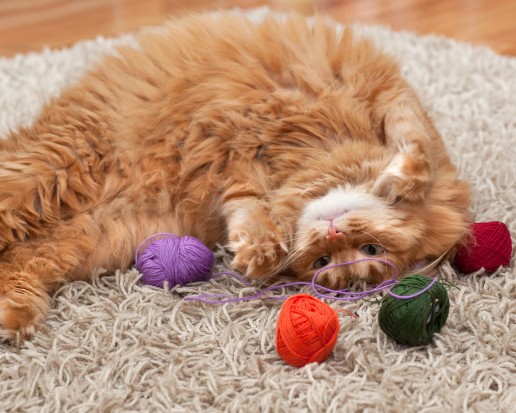 Keeping Indoor Cats Happy When They Are Alone
Keeping Indoor Ca
Keeping Indoor Cats Happy When They Are Alone
Keeping Indoor Ca
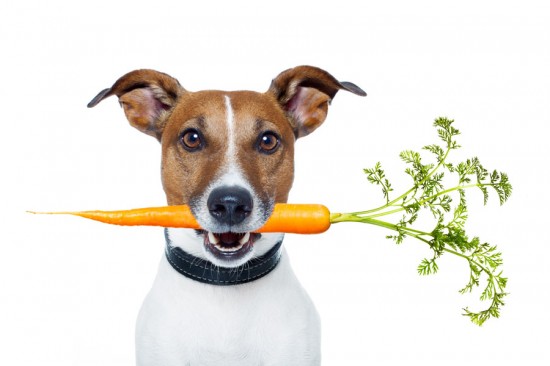 Can Dogs And Cats Be Vegetarians?
Can Dogs And Cats
Can Dogs And Cats Be Vegetarians?
Can Dogs And Cats
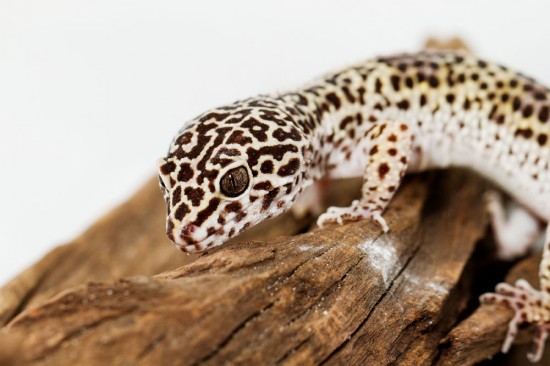 Understanding Reptile Nutrition And Supplements
Understanding Rep
Understanding Reptile Nutrition And Supplements
Understanding Rep
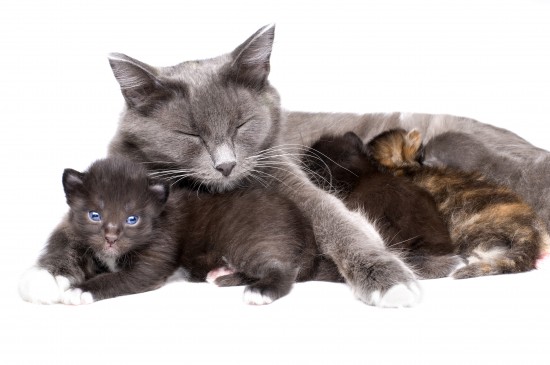 Cat Breeding - The Arrival And Early Days Of Your Kittens
Cat Breeding - Th
Cat Breeding - The Arrival And Early Days Of Your Kittens
Cat Breeding - Th
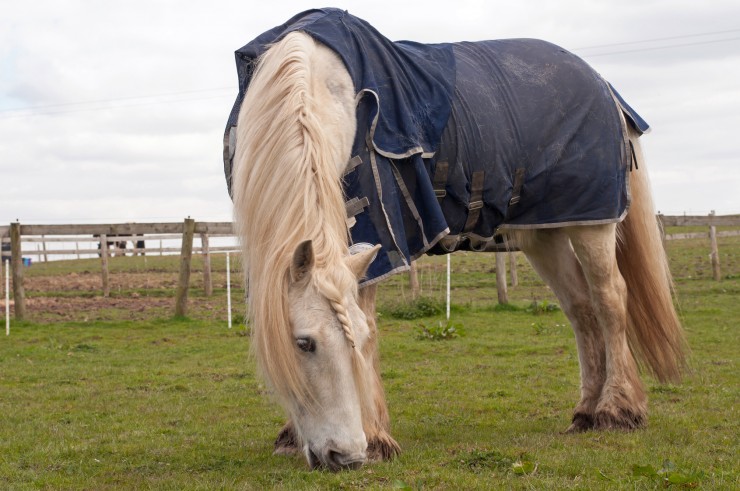 Do Horses Get Enough Vitamin D When Rugged Up?
Do Horses Get Eno
Do Horses Get Enough Vitamin D When Rugged Up?
Do Horses Get Eno
Copyright © 2005-2016 Pet Information All Rights Reserved
Contact us: www162date@outlook.com